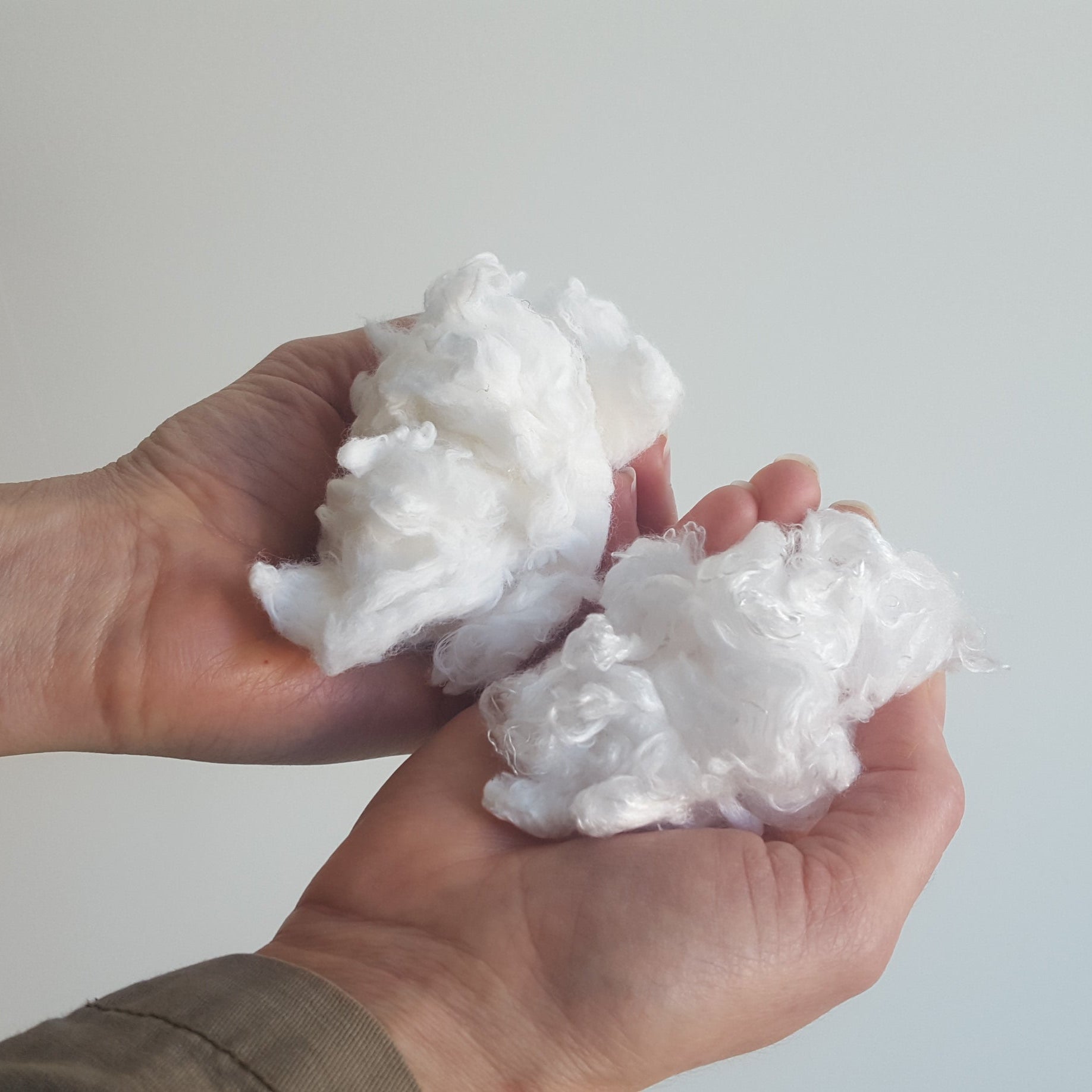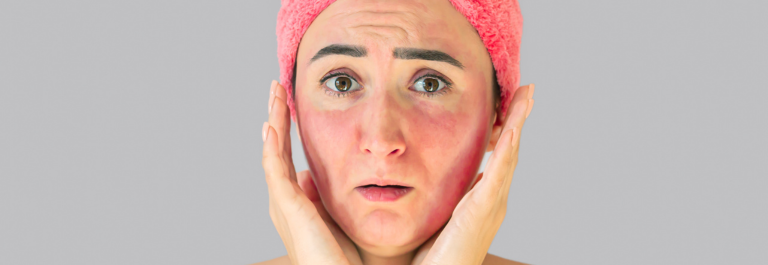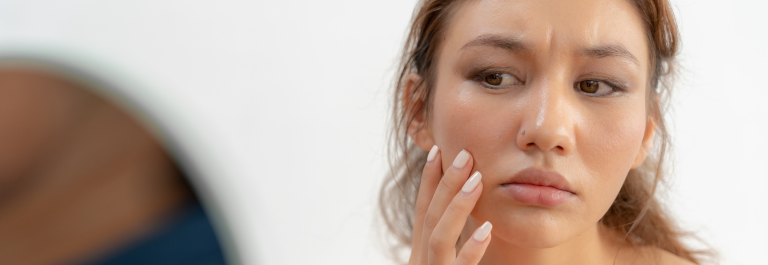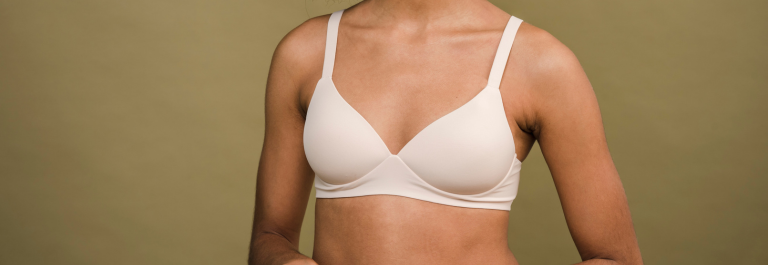Lupus is an autoimmune disease which causes inflammation in different parts of the body. Many people with this condition experience skin rashes, especially on the face. While this can be painful and perhaps even embarrassing, there are thankfully therapeutic options to treat this common symptom of the disease.
In this post, we will explain:
-
What is lupus?
-
Types of lupus skin rashes
-
How to manage and treat lupus rashes
Read on to find out more about a lupus facial rash and how you can treat this skin problem the natural way.
What is Lupus?
Lupus belongs to a group of diseases called autoimmune diseases. This means the immune system mistakenly attacks its own healthy tissue in the organs and joints. People with lupus can experience many systemic symptoms, like joint pain, fatigue, and skin problems. While it is not contagious, it is a chronic condition.
Skin rashes are one of the most common first signs of lupus. People might find rashes on their face, scalp, or body. When lupus affects the skin, it is called cutaneous lupus erythematosus. While not everyone with lupus will experience these symptoms, the majority of those with the disease will.
Lupus Skin Rashes on the Face
There are three types of cutaneous lupus, each having their own types of skin rash. These types are:
-
Discoid Lupus Erythematosus (DLE)
-
Subacute cutaneous lupus erythematosus (SCLE)
-
Acute cutaneous lupus erythematosus (ACLE)
Discoid Lupus Rashes
Discoid lupus rash is the most common type of cutaneous lupus rash. While these rashes can affect many parts of the body, they most frequently occur on the face and scalp. Discoid rashes are characterised by scaly, circular-shaped raised patches, which may scar or discolor the skin afterwards. These patches can last from months to years.
Subacute Cutaneous Lupus Rashes
SCLE rashes are often triggered by sun exposure and tend to come on quite quickly. While they usually appear in red, connecting circular patches, they can sometimes appear scaly. Because of this, it can be easy to confused with another skin disease like eczema or psoriasis. These types of rashes aren't generally painful or itchy but they may leave the skin discolored.
Acute Cutaneous Lupus Rashes
A common form of ACLE rash is a distinctive red butterfly shaped rash called a malar rash. This usually spreads across the face from cheek to cheek and over the nose, which can make it look like you're sunburnt or blushing. It can also show up on other parts of your body, like the chest, back, arms, or legs. While this type of rash might be itchy, it usually isn't painful. ACLE is an indicator of a flare-up, which means that the disease is currently active in your body. If you experience a butterfly rash, it might be a symptom of systemic lupus erythematosus, so it's important to speak to your healthcare provider to ensure you find an effective treatment plan.
Treatment For Lupus Rash On Face
When you experience lupus rashes, it can be frustrating, uncomfortable, and sometimes even embarrassing. Luckily, there are products designed specifically for irritated or sensitive skin that can help reduce your discomfort and keep your skin soft.
Use a Natural Soap
The Coconut and Sunflower Oil Soap Bar is a natural soap that is ideal for sensitive skin associated with lupus skin rashes. Made with coconut oil, shea butter, and sunflower oil, it is a fatty moisturizing cleanser that is gentle and nourishing to skin, making it ideal for use on the face as well as the hands and body. Plus, it's safe for use on kids and babies.
Keep the Skin Moisturized
Your skin will thank you when you use a comforting, doctor tested and approved moisturizer like the Organic Manuka Skin Soothing Cream. This oil-based balm is made using just six natural ingredients including active New Zealand Manuka honey. It's perfect for using on the sensitive skin of your face (eyelids and lips, too!) of your entire family.
Tips For Living With Lupus
While there is no known cure for lupus, there are ways that you can manage your symptoms to relieve pain and irritation.
Speak To A Medical Professional
It is important to speak to your healthcare provider in order to make sure you find a treatment plan is right for you. Lupus rash can be one of the first signs of systemic lupus, so it's a good idea to seek advice as early as possible.
Avoid UV Exposure
Protecting yourself from the sun's rays is one of the best ways that can help prevent lupus rash. Most patients find that using SPF protection and wearing sun protective clothing when you are outside not only prevents lupus rashes, but other lupus symptoms too.
Practice Self-Care
Many people find that high levels of stress can lead to lupus rash flare-ups. Trying practices like mindfulness, meditation, and light physical activity can be helpful to look after both your body and mind. Speaking to family and friends can also be a great way to reduce the stress you might feel about this chronic condition.
Take Control of Your Facial Lupus Skin Rash Today
Understanding both the triggers and treatment for facial lupus rashes can help to manage your disease better. Try these tips today to relieve and soothe your skin!










